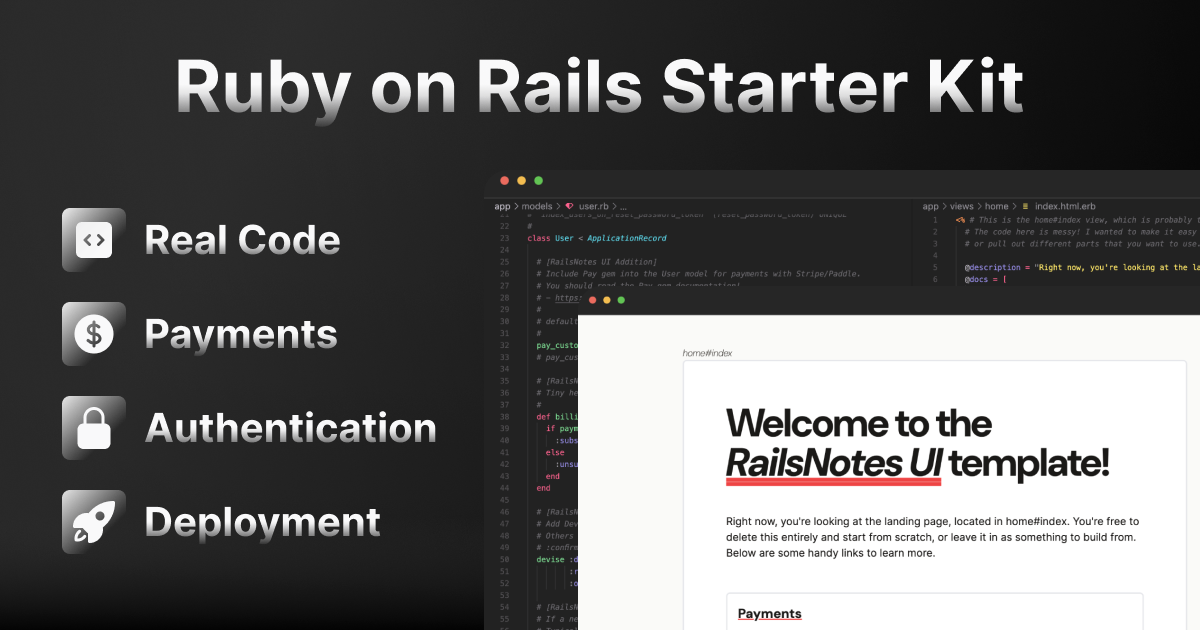How to Set SaaS Prices by Region
Learn how to set SaaS prices by region to increase revenue and adapt to local market conditions.

Setting SaaS prices by region can maximize revenue and market reach. Here’s how to do it well:
- Understand Regional Economics: Use GDP, purchasing power, and currency stability to guide pricing.
- Tailor Pricing Models: Choose per-user, usage-based, feature-tiered, or hybrid models depending on regional preferences.
- Adjust Prices by Region: Use multipliers based on local purchasing power (e.g., US base price $100 → Southeast Asia $40–$60).
- Handle Challenges: Mitigate currency fluctuations, tax compliance, and revenue cannibalization with tools like dynamic pricing, geofencing, and local tax systems.
- Optimize Payment Systems: Support local currencies, payment methods, and tax regulations to improve conversions.
Quick Comparison Table
| Region | Preferred Pricing Model | Multiplier Range (Base: $100) | Key Payment Methods |
|---|---|---|---|
| North America | Per-user pricing | 1.0x | Credit cards, digital wallets |
| Western Europe | Usage-based | 0.9x–1.1x | SEPA, local banks |
| Eastern Europe | Usage-based | 0.6x–0.8x | Local banks |
| Southeast Asia | Feature-tiered | 0.4x–0.6x | Digital wallets, local banks |
| Latin America | Hybrid models | 0.5x–0.7x | Local cards, installment plans |
Key Takeaway: Customize pricing to reflect local economic conditions, customer preferences, and payment systems for global SaaS success.
Market Research by Region
Economic Indicators
To understand local economic conditions, focus on these key indicators:
| Economic Factor | Data Source | Impact on Pricing |
|---|---|---|
| GDP per capita | World Bank Database | Establishes baseline affordability |
| Purchasing Power Parity (PPP) | IMF Reports | Reflects real buying power |
| Currency stability | Exchange rate trends | Affects pricing adjustments |
| Market maturity | Industry reports | Influences perceived feature value |
Use this data to align your strategy with local economic realities.
Price Research
Investigate these areas:
- Local market pricing trends
- Preferred payment methods
- Features customers are willing to pay extra for
This helps ensure your pricing resonates with the local market.
Customer Price Sensitivity
Explore how customers respond to pricing changes using these methods:
- Van Westendorp Price Sensitivity Analysis
Conduct surveys to pinpoint optimal price ranges. - Cohort Analysis
Analyze conversion and churn rates at different price levels. - Feature Value Testing
Use A/B testing to evaluate how customers value different feature bundles and price points.
These tools provide a clearer picture of regional pricing dynamics and customer behavior.
Price Strategy Planning
Local vs. Global Pricing
Finding the right balance between local customization and centralized control is key to creating an effective pricing strategy. Here are some common approaches for regional pricing:
| Pricing Approach | Best For | Key Benefits | Challenges |
|---|---|---|---|
| Pure Local | Enterprise SaaS | Tailored to specific market needs | Can be complex to manage |
| Global + Regional | Mid-market SaaS | Combines centralized control with local flexibility | Moderate effort to implement |
| Standardized Global | Early-stage startups | Simple to manage | May not suit all markets |
Pricing Models
Once you’ve chosen your local vs. global strategy, it’s time to decide on the pricing model for each region. Pick models that align with local buying behaviors, economic conditions, and cultural preferences:
| Region | Preferred Model | Reasoning |
|---|---|---|
| North America | Per-user pricing | Highlights value at the individual level |
| Europe | Usage-based | Matches varying consumption habits |
| APAC | Feature-tiered | Appeals to value-focused buyers |
| LATAM | Hybrid models | Accommodates diverse economic conditions |
Price Differences by Region
With your framework in place, adjust prices for each region based on local factors. Here’s how to set regional pricing effectively:
-
Establish a Base Price Range
Use your highest-priced market as a starting point. For example, if your US base price is $100 per month, adjust for other regions by considering local purchasing power and market conditions. -
Apply Regional Multipliers
Region Multiplier Range Example (Base Price: $100) US/Canada 1.0x (Reference) $100 Western Europe 0.9x – 1.1x $90 – $110 Eastern Europe 0.6x – 0.8x $60 – $80 Southeast Asia 0.4x – 0.6x $40 – $60 Latin America 0.5x – 0.7x $50 – $70 -
Maintain Price Band Consistency
Keep prices in neighboring regions reasonably close to avoid arbitrage and ensure profitability. Regularly monitor exchange rates to make adjustments as needed.
Your pricing strategy should align with both the realities of local markets and your overall business objectives. Regularly reviewing and tweaking your approach based on data will help you stay competitive and grow sustainably.
Boost Your SaaS Revenue with Paddle’s Regional Pricing
Setup and Launch
This stage puts your regional pricing strategy into action, ensuring all adjustments are implemented effectively.
Price Page Design
Your pricing page should clearly present regional pricing while offering a smooth user experience.
| Element | Implementation | Purpose |
|---|---|---|
| Location Detection | IP auto-detection with manual override | Ensures customers see relevant pricing |
| Currency Display | Local currency with USD equivalent | Provides price clarity |
| Regional Badges | Visual indicators for local offers | Highlights region-specific promotions |
| Payment Methods | Region-specific preferred options | Boosts conversion rates |
To refine your pricing page, use progressive loading to handle multiple currency conversions without slowing down the page. Ensure a clear visual hierarchy that emphasizes regional benefits and payment methods tailored to each market.
Payment System Setup
Building a strong payment system aligned with regional needs and regulations is key. Here’s how to set it up:
1. Payment Gateway Integration
Start with a primary payment processor that supports multi-currency transactions effectively.
2. Local Payment Methods
Add payment options tailored to each region:
| Region | Primary Payment Methods | Priority |
|---|---|---|
| North America | Credit Cards, Digital Wallets | High |
| Europe | SEPA, Credit Cards, Local Banks | High |
| Asia Pacific | Digital Wallets, Local Banks | Medium |
| Latin America | Local Cards, Installments | Medium |
3. Tax Handling
Automate tax calculations and compliance for each region. For example, include VAT for European customers and GST for applicable areas.
Once your payment setup is complete, integrate tools to handle currency conversion, tax calculations, and performance tracking seamlessly.
Technical Tools
The right tech stack is essential for managing the complexities of regional pricing. The starter kits Best SaaS Boilerplates directory provide tools designed for this purpose:
| Feature | Benefit |
|---|---|
| Multi-currency Support | Automatically converts and displays prices |
| Regional Tax Handling | Ensures compliance with local tax laws |
| Payment Gateway Integration | Pre-built connections to major providers |
| Localization Framework | Adjusts content and pricing per region |
Key actions to prioritize:
- API Integration: Use APIs with smart caching for accurate, real-time currency conversions.
- Error Handling: Build fallback systems for currency conversion issues.
- Analytics Setup: Track regional conversion rates and payment success metrics.
Measurement and Updates
After setting up your pricing strategy, keeping a close eye on performance and making updates is key to staying competitive across regions. Regularly track how your pricing performs in each market to fine-tune your approach and boost revenue.
Key Metrics by Region
Here are the main metrics to watch for assessing regional pricing success:
| Metric Category | Key Indicators | Considerations |
|---|---|---|
| Revenue Metrics | Monthly Recurring Revenue (MRR), Annual Recurring Revenue (ARR), Revenue per User | Set specific targets for each market. |
| Conversion Metrics | Trial-to-Paid Rate, Upgrade Rate | Tailor conversion goals for individual markets. |
| Customer Metrics | Customer Lifetime Value (CLV), Churn Rate | - |
| Market Metrics | Market Penetration, Market Share | Compare performance to regional benchmarks. |
Rather than sticking to global averages, focus on region-specific benchmarks. For example, a monthly ARPU that works in one market might need adjusting in another, especially when comparing emerging markets to more established ones.
These metrics can also guide you in designing effective price tests.
Price Testing
A/B testing is a powerful way to refine your pricing strategy for different regions. Here’s how to approach it:
-
A/B Testing Framework
Divide your audience by region and test variables like:
- Price points (with small adjustments)
- Currency display formats
- Payment term options
- Regional discount strategies
Define clear success metrics and allow enough time for tests to reflect buying cycles and seasonal trends in each market.
-
Ensuring Statistical Significance
Split traffic evenly and use confidence measures to validate your results.
-
Local Market Factors
Take into account:
- Seasonal events and holidays
- Economic conditions in the region
- Competitor pricing shifts
Use the insights from your tests to make immediate, data-driven changes to your pricing.
Data-Based Price Changes
Rely on the data you collect to guide pricing adjustments:
- If your conversion rates surpass targets, consider a slight price increase.
- If conversions are underperforming, reassess your value proposition and adjust prices as needed.
- Keep an eye on churn and upgrades to understand how customers perceive value.
When rolling out price changes:
- Consider keeping current rates for existing customers when possible.
- Give customers clear, advance notice of any changes.
- Record the impact of each adjustment on your key metrics and monitor customer feedback.
- Be mindful of currency fluctuations, as exchange rate changes can affect market performance.
Tracking price elasticity in each region will help you fine-tune future adjustments.
Summary
Process Overview
Regional SaaS pricing involves four main stages:
| Stage | Core Activities | Key Focus Areas |
|---|---|---|
| Market Research | Economic analysis, competitor research, price studies | Consider local purchasing power and market maturity |
| Strategy Planning | Model selection, price differentiation, value proposition | Balance global consistency with regional needs |
| Technical Setup | Payment systems, currency handling, price page setup | Deliver a smooth customer experience across regions |
| Optimization | Metric tracking, A/B testing, price updates | Base decisions on market-specific data |
These steps are the foundation for creating a well-rounded regional pricing strategy.
Next Steps
To save time, use SaaS Boilerplates’ pre-built authentication and payment tools. Their payment integration supports multiple currencies and regional methods right out of the box.
For ongoing improvements:
- Track Metrics: Keep an eye on region-specific MRR, conversion rates, and customer lifetime value to find areas for improvement.
- Test Prices: Conduct controlled pricing experiments in each market, ensuring you gather enough data for reliable results.
- Make Data-Driven Updates: Adjust prices based on what the data reveals about performance.
- Ensure Compliance: Follow local tax and pricing laws to avoid potential issues.
Recommended SaaS Boilerplates
Below you’ll find three highly recommended SaaS boilerplates that have Paddle integration built in to make regional pricing easier.







